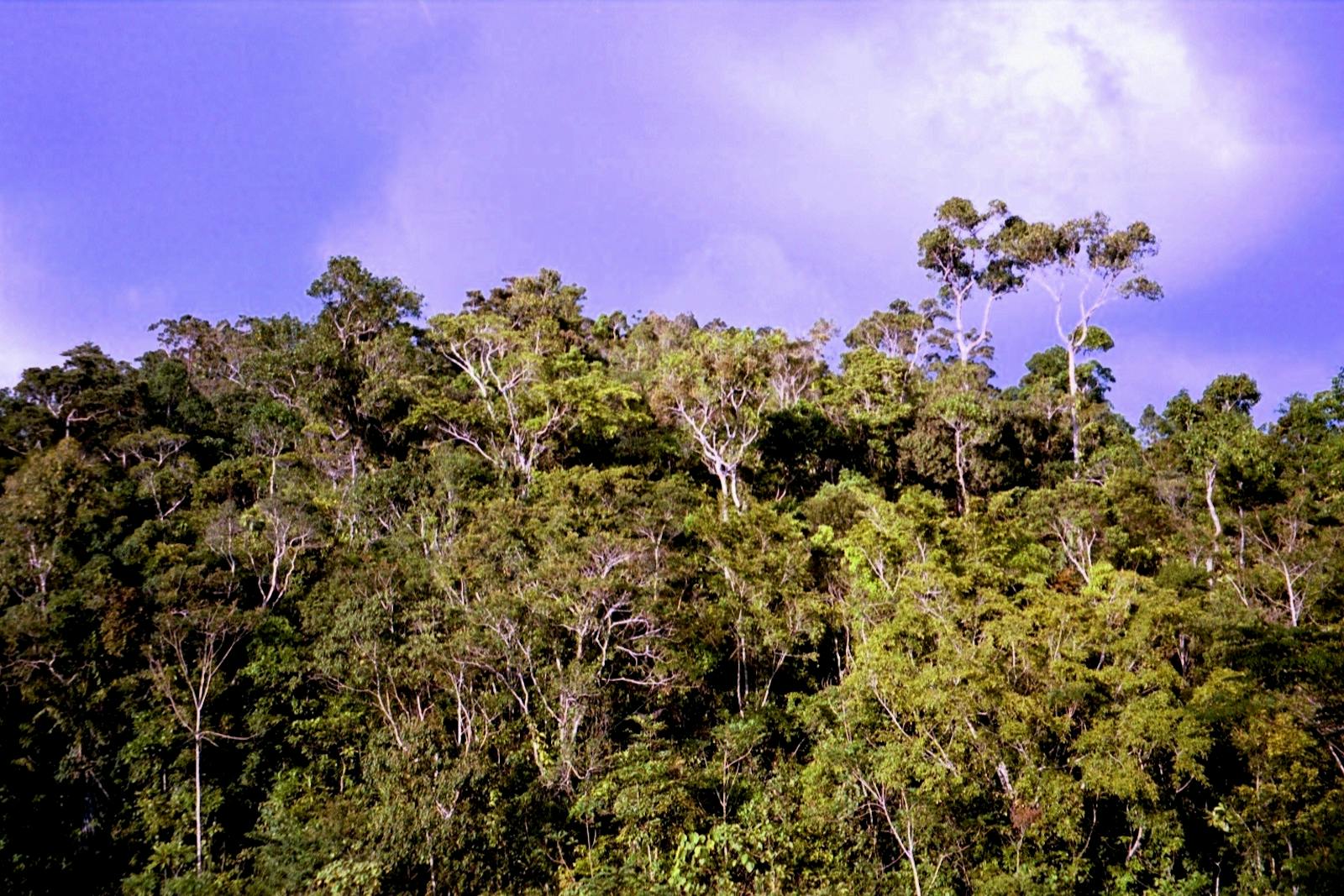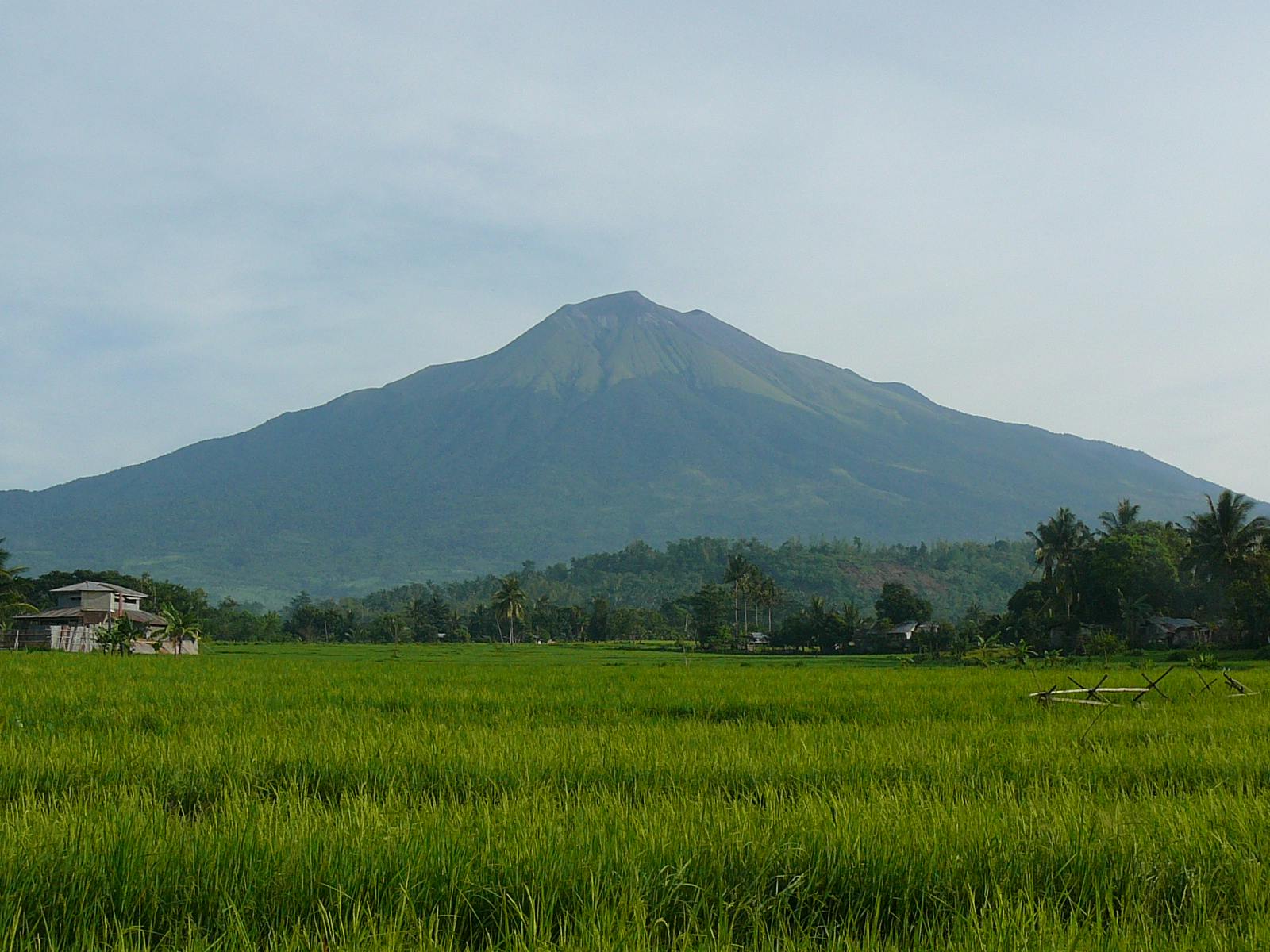Greater Negros-Panay Rainforests
The ecoregion’s land area is provided in units of 1,000 hectares. The conservation target is the Global Safety Net (GSN1) area for the given ecoregion. The protection level indicates the percentage of the GSN goal that is currently protected on a scale of 0-10. N/A means data is not available at this time.
Bioregion: Philippines & Sulu Sea Tropical Forests (IM15)
Realm: Indomalaya
Ecoregion Size (1000 ha):
3,507
Ecoregion ID:
231
Conservation Target:
36%
Protection Level:
3
States: Philippines
The Visayan warty pig has an unfortunate name, especially since only the males that have small facial warts. They are more recognizable by the distinctive white stripe that encircles the snout and headful of long, thick hair that extends down the neck like a mane. Endemic to this ecoregion, the Visayan warty pig has already been extirpated from four islands and now survive only on Negros and Panay islands.
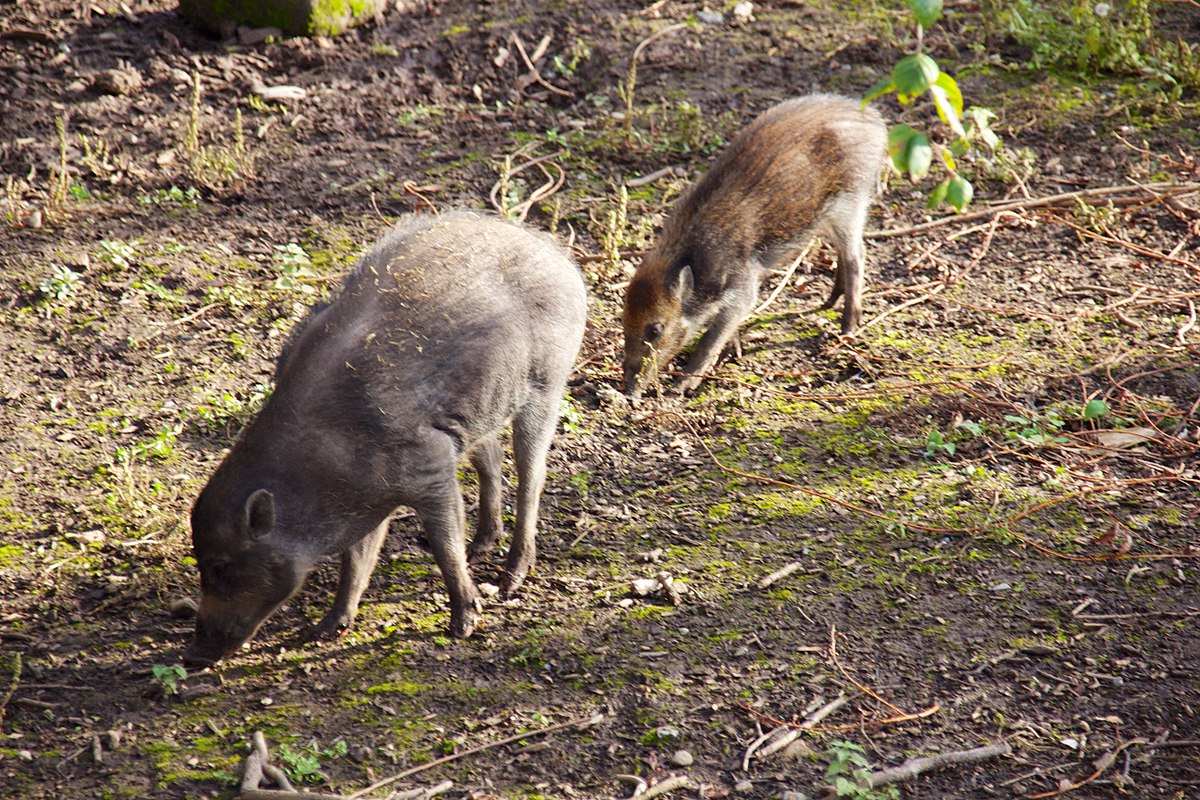
The flagship species of the Greater Negros-Panay Rainforests ecoregion is the Visayan warty pig. Image credit: Creative Commons
The Greater Negros–Panay Rainforests ecoregion consists of several islands; namely the larger Negros, Panay, Cebu, and several smaller islands. The geological processes that gave rise to the Philippine islands began about 50 million years ago, from forceful tectonic interactions among several undersea plates. The islands of this ecoregion emerged over 6 million years, thrusted upwards by volcanic activity and tectonic uplifting.
The biogeographic processes and evolution of species and assemblages on these islands are linked to these land bridge connections and disconnections through geologic history. For instance, the channel between the Greater Negros-Panay island complex and the adjacent islands of Luzon and Greater Mindanao is over 120 m deep.
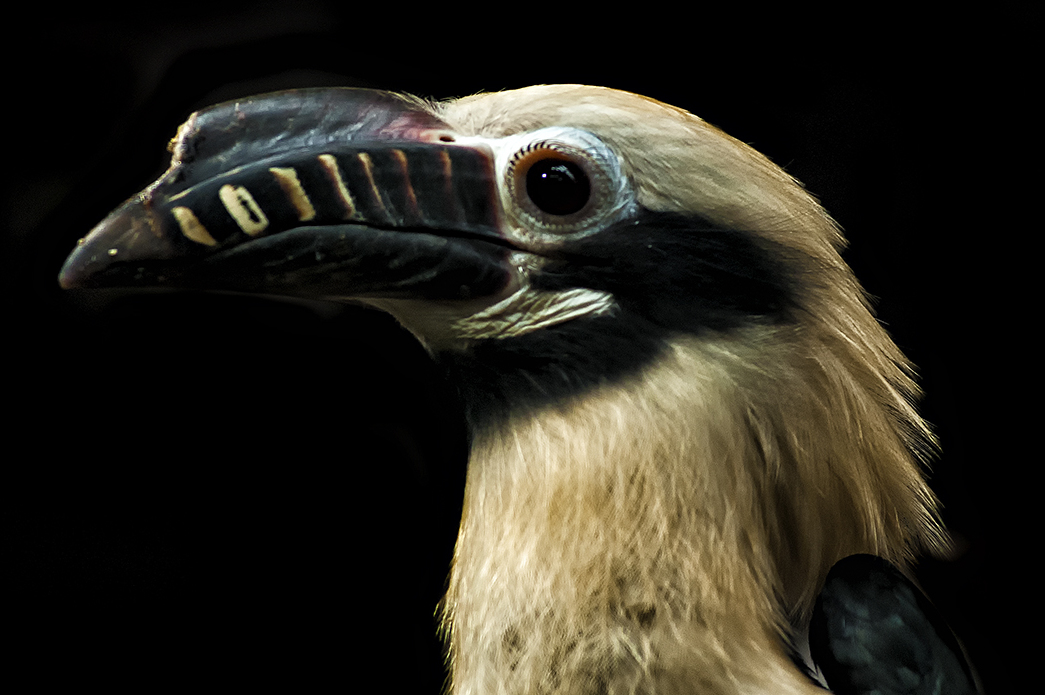
Visayan tarictic hornbill. Image credit: Steve Wilson, Creative Commons
So this ecoregion remained isolated from the adjacent islands during the last Pleistocene-era ice age when the sea level was about 120 m lower than current levels, precluding species exchanges and contributing to the evolution of endemic species. The topographies of most of the islands are rugged, except for eastern Panay and Masbate. The highest point is the 2,465 m volcanic crater of Mount Canlaon in central Negros.
The vegetation on these islands is diverse, and includes tropical lowland rainforest, montane forests, grasslands, heath forests, beach vegetation, and mangroves. The lowland forests are characterized by species of Dipterocarpus, Shorea, and Hopea that dominate the tree community, with Pandanus in the understory. The dipterocarp forests are tall, growing to between 45 and 65 m with three canopy layers. Epiphytic ferns and orchids add structural complexity to the upper forest strata. Two endemic Rafflesia species grow on Panay and Negros.
-CC-D%20Gordon%20E%20Robertson-2015.jpg)
Visayan spotted deer. Image credit: D Gordon E Robertson, Creative Commons
No single tree family dominates in montane forests, which are instead characterized by species of Burseraceae, Dipterocarpaceae, Euphorbiaceae, Lauraceae, Melastomaceae, Moraceae, Myrtaceae, Rosaceae, Sapotaceae and Urticaceae. The common species are Litsea luzonica, Canarium aperum, Platea excels, Palaquium sp., Shorea polysperma, and Turpinia ovalifolia. The beach vegetation is dominated by Casuarina and Barringtonia.
The ecoregion has a mix of mammals from the Sundaic and Philippine regions. About 58 species of mammals have been recorded from the ecoregion, including several endemics. Notable among these are the Visayan warty pig and Philippine spotted deer. The endemic Philippine bare-backed fruit bat, once considered extinct, still hangs on in karst limestone forest caves in southern Negros. The Visayan leopard cat is a subspecies of the leopard cat that is widely distributed through Asia, and is an example of a Sundaic species that has now evolved in isolation on Negros, Cebu and Panay islands.
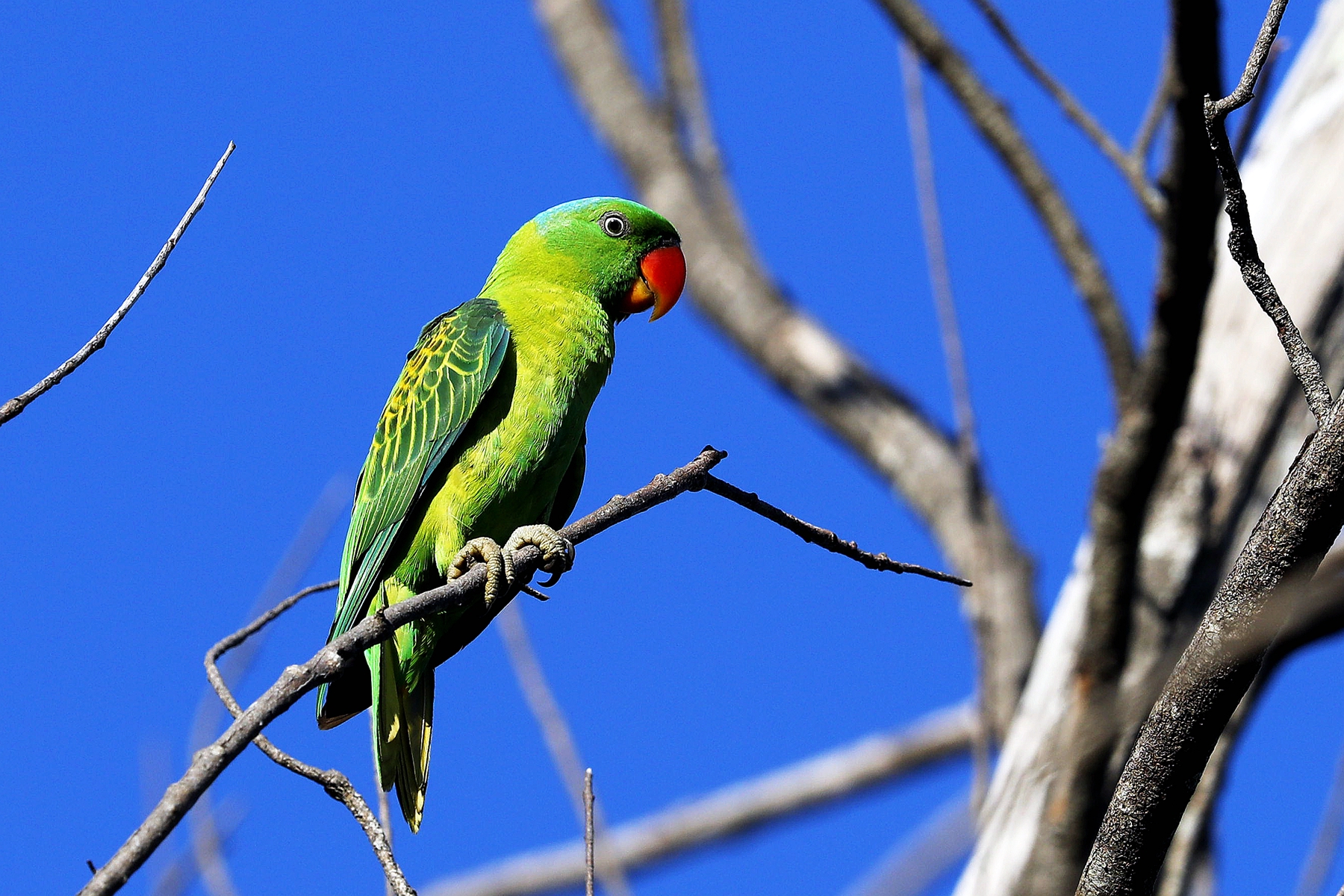
Blue naped parrot. Image credit: Creative Commons
The ecoregion overlaps with two Endemic Bird Areas that include range-restricted birds. These include the critically endangered Negros bleeding- heart, Negros fruit-dove, writhed-billed hornbill, and Cebu flowerpecker. The critically endangered Philippine crocodile is now extinct from this ecoregion.
Like most islands in the Philippines, the forests in this ecoregion are cleared for logging, mining, agriculture expansion, human settlements, and unsustainable use of natural resources. Yet, important Key Biodiversity Areas (KBAs) with endemic biodiversity remain unprotected and vulnerable.
Thus, the recommended priority conservation actions are to: 1) protect the proposed KBAs; 2) engage local communities in conservation; and, 3) develop species recovery plans for the endemic and critically endangered species.
Citations
1. Philippine Biodiversity Strategy and Action Plan. 2015-2028. Department of Environment and Natural Resources. https://www.cbd.int/doc/world/ph/ph-nbsap-v3-en.pdf downloaded 16 March 16, 2018
2. Heaney, L.R., 1985. Zoogeographic evidence for middle and late Pleistocene land bridges to the Philippine Islands. Modern Quaternary Research in Southeast Asia, 9, pp.127-144.
3. Wikramanayake, E, E. Dinerstein, et al. 2002. Terrestrial Ecoregions of the Indo-Pacific: A Conservation Assessment. Island Press.
